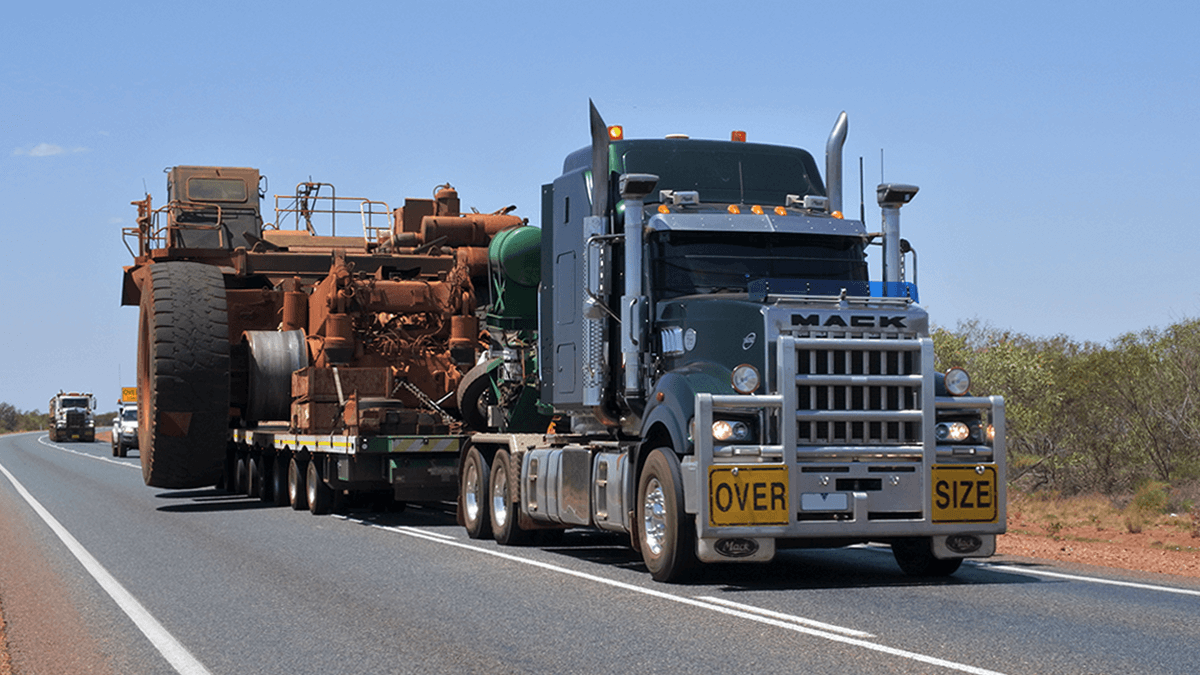In the world of oversize permits, securing authorization is just the first step. Once a permit is issued, real-world transport conditions often introduce unexpected challenges—especially when a load’s dimensions change after approval. Many carriers don’t realize that even small adjustments to width, height, or length can invalidate an existing permit, leading to compliance risks, delays, and fines.
Understanding how to modify oversize permits after issuance is crucial for maintaining regulatory compliance and avoiding costly disruptions. This guide breaks down the complexities of permit modification requests, jurisdiction-specific rules, and proactive strategies to ensure uninterrupted transport operations.
Why Do Load Dimensions Change After Permit Issuance?
Even the most carefully planned hauls can face dimensional changes due to:
- Field conditions – Unexpected obstacles requiring reconfiguration of the load.
- Loading variations – Weight distribution adjustments that impact height or width.
- Equipment substitutions – Trailer swaps or different tie-down methods altering dimensions.
- Re-measurement requirements – Authorities verifying dimensions and flagging discrepancies.
Many carriers assume minor changes won’t affect their oversize permits, but in reality, even a few inches beyond permitted dimensions can lead to regulatory violations.
Dimensional Tolerance Allowances: Do They Exist?
One of the most overlooked aspects of oversize permits is dimensional tolerance. Some jurisdictions allow slight variations—often called “buffer zones”—while others enforce strict compliance.
- State-by-state differences – Some states offer a 2–5 inch tolerance for height/width, while others require immediate permit amendment procedures.
- Local regulations – Urban areas tend to be stricter due to infrastructure limitations.
- Permit condition adaptations – Some permits include clauses specifying acceptable tolerances upfront.
Understanding the jurisdiction-specific amendment protocols before transport ensures carriers aren’t caught off guard by enforcement actions.
Building Flexibility into Initial Oversize Permit Applications
What is the best way to avoid post-issuance headaches? Plan when applying for oversize permits by:
- Declaring “not to exceed” dimensions – Providing a slight buffer for potential variations.
- Using flexible permit types – Some states allow blanket or annual permits with broader allowances.
- Communicating potential changes upfront – Informing permit authorities about possible adjustments.
Strategic permit planning minimizes the risk of needing permit revision documentation mid-transport.
How to Modify Oversize Permits After Issuance
When load dimensions exceed tolerance limits, carriers must formally request post-issuance permit revisions. The process varies based on location:
- Rural areas – Typically faster approval times with more flexibility.
- Suburban regions – Moderate restrictions, often requiring field measurement verification.
- Urban jurisdictions – Stricter policies with longer amendment processing times.
To expedite the permit change approval process, carriers should:
- Submit updated dimensions with supporting documents.
- Maintain clear records of all modifications.
- Follow proper permit modification request channels for each locality.
Handling On-the-Road Dimensional Changes: Emergency Protocols
What happens when an unexpected change occurs mid-transport? Immediate action is required to remain compliant with oversize permits.
- Step 1: Stop and Assess – Measure the new dimensions to determine compliance.
- Step 2: Contact Authorities – Report changes to permit agencies for guidance.
- Step 3: Request Temporary Authorization – Some jurisdictions offer temporary approval while an official permit amendment is processed.
- Step 4: Maintain Documentation – Keep records of all communications and field adjustments.
Carriers who fail to follow these emergency permit amendment procedures risk fines or even being forced to halt transport.
Technology Solutions for Managing Permit Changes
Modern tools help streamline oversize permit modifications, including:
- Real-time dimension tracking – Digital measurement devices ensure accuracy.
- Electronic submission systems – Many agencies now accept online permit modification requests.
- Remote verification options – Some jurisdictions allow virtual assessments rather than requiring on-site inspections.
Leveraging technology minimizes delays and ensures compliance with load reconfiguration permits.
Communication Between Transport Teams and Permit Specialists
Managing oversize permits effectively requires collaboration between:
- Drivers and field personnel – Recognizing when a change requires a permit revision.
- Permit coordinators – Handling dimensional change protocols and liaising with authorities.
- Compliance specialists – Ensuring all modifications meet jurisdictional requirements.
Implementing structured communication protocols keeps transport operations running smoothly.
Case Study: An Example of Permit Evolution
A carrier transporting a prefabricated structure encountered an unexpected clearance issue on an alternate route. The new route required lowering the load height by 6 inches, exceeding the original permit’s allowance.
By:
- Immediately re-measuring the load,
- Contacting permit authorities for approval, and
- Submitting the necessary permit revision documentation,
The carrier secured a permit modification within hours, avoiding significant downtime.
Staying Ahead of Permit Challenges
Managing oversize permits is an ongoing process—load dimensions can shift, regulations vary, and compliance is always a moving target. The key takeaways for carriers include:
- Always verify dimensional tolerance allowances before transport.
- Build flexibility into initial permit applications.
- Understand the permit change approval process across jurisdictions.
- Be prepared for emergency modifications during transit.
- Use technology to streamline documentation and compliance.
By staying proactive and informed, carriers can avoid costly penalties and keep operations running smoothly. Reliable Permit Solutions is your trusted partner in navigating oversize permit challenges, ensuring you remain compliant no matter where your route takes you.

